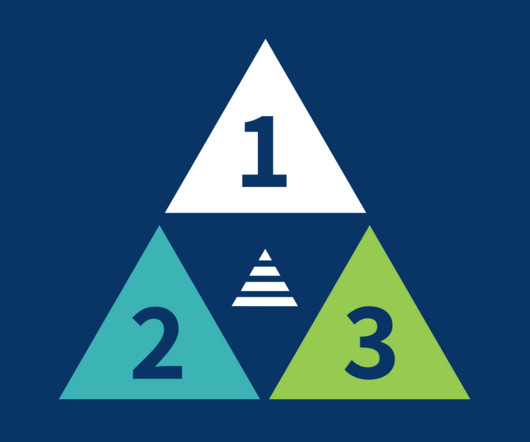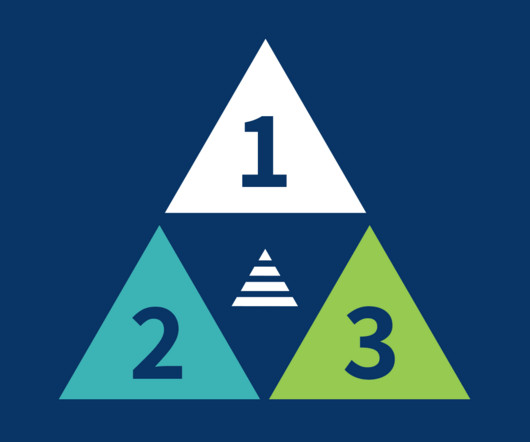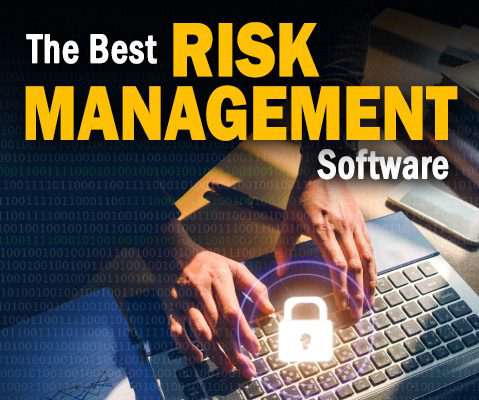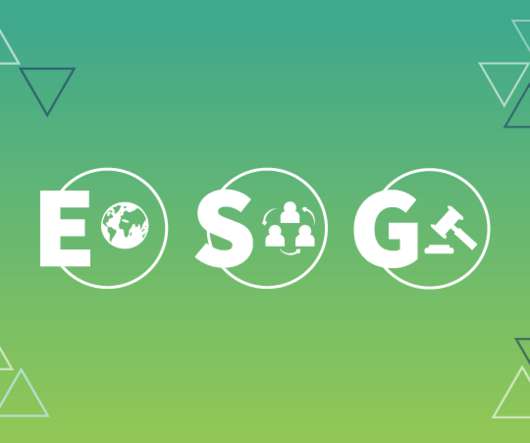What is the Three Lines of Defense Approach to Risk Management?
LogisManager
OCTOBER 31, 2023
This includes business units, departments, and individuals directly responsible for managing and executing processes and activities that generate risk. They are the ones who “own” the risk and are responsible for taking actions to mitigate it. This includes risk management, compliance, and internal control departments.


























Let's personalize your content